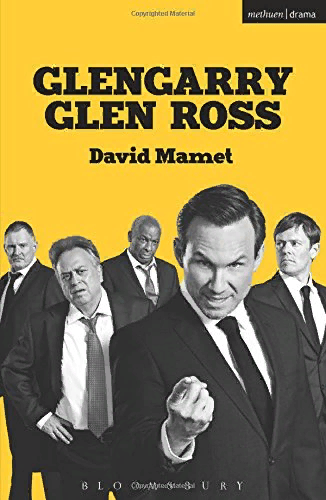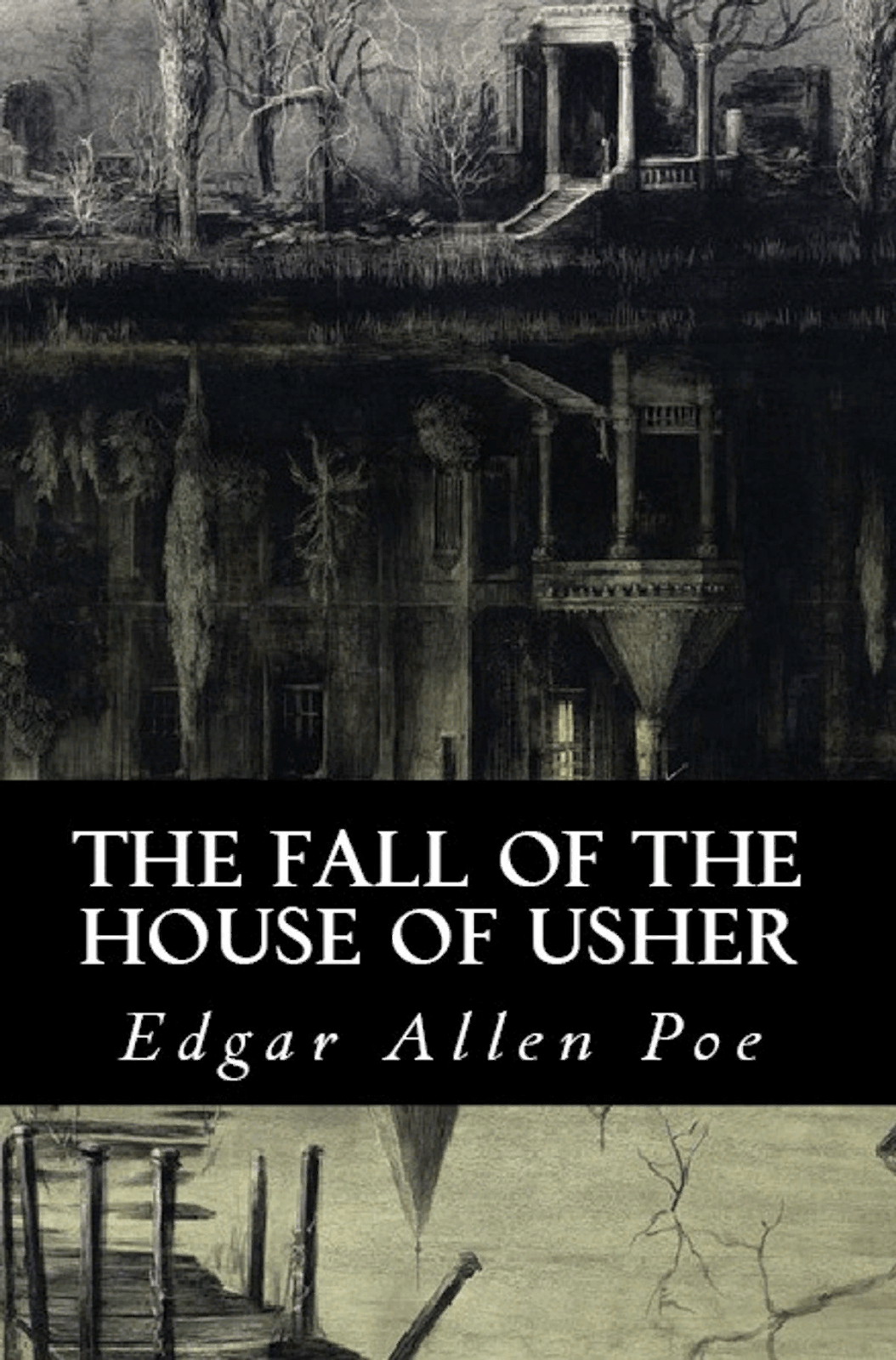by Nicholas Rubright
Writing a work of fiction is often more of a marathon than a sprint, more of a journey than a destination. The following exercises are designed to develop your creative writing skills and help you find your own unique style of writing fiction that fits you like an old glove.
They’re not necessarily designed to produce publishable work, but they will help stretch the boundaries of your imagination and make familiar ideas fresh again – even if they’re ideas we’ve seen a thousand times before.
1. Write for 15 Minutes Without Stopping
Writing sprints can help you build up steam and be free from distractions. Just write what flows; don’t edit yourself at all. Consider disabling your backspace key.
The point is to put words on the page without the stress of finding the “right” words. You are training yourself to consistently and reliably create new content on command.
Try writing about a character you already know well (such as your teenage self) and see what happens. If you’re really stuck, just write questions beginning with “why.”
Fifteen minutes might seem like a long time to write at a breakneck speed, but it will go by surprisingly quickly, and at the end you’ll have up to a page, maybe two, of content.
In my experience not much of what comes from a writing sprint is usable as-is, but it helps me break through the anxiety of tackling a difficult scene and forces me to write something. As for the word salad, I can clean that up later. As they say, you can’t edit what isn’t there.
Keep doing writing sprints until you pick up the thread of the story again. You can always go back later and decide if this is where you want to continue the story after you have some words on the page to work with.
2. Write 3 Versions of the Same Scene
Try looking at the same story from three different points of view (POVs). So often we get locked into one character‘s perspective and fail to see other interesting possibilities.
I once rewrote the first chapter of a novel set in the 1910s and set it 60 years later. A dusty Oklahoma main street became the men’s room at Studio 54. The produce the protagonist was trying to sell became … well, it was the ’70s and they were in a nightclub restroom, so you can use your imagination.
The point is that it completely blew the doors off of what was possible for the story, and it took the narrative to places I never would have imagined.
I abandoned my time-shifted setting after that chapter and traveled back to 1912, but a screenwriter who did this challenge with me went ahead and finished a feature-length screenplay of his story set in the decade of bell bottoms and disco, even though his original story was set in ancient Rome!
Write down everything, no matter how crazy it seems. You never know when a critical difference to a scene will take hold of your imagination and run away with your story – and take you with it.
3. Have a Conversation About Feelings Without Mentioning Feelings
It’s very common to read something like this in a story: “‘It was so hard being away from home,’ she said, her voice cracking with sadness.”
If someone tells the reader that their character’s voice is cracking with sadness after saying, “It was so hard being away from home,” it can leave little anticipation for the reader.
Photo by Annie Spratt on Unsplash
We already know that because of the dialogue tag. Instead, try writing down everything that happens leading up to an emotional moment or reaction without using any qualifiers to tip off the reader that someone’s about to feel something. Think of all the adjectives you would use if you were describing what just happened, and then the feelings that would follow.
For example: “‘I don’t know if I can do this anymore,’ she said. Her face was pale and gaunt from lack of sleep. He reached forward, squeezing her hand tightly … .”
You know he’s about to say something reassuring because he squeezes her hand before speaking, even though there’s no dialogue tag saying so. Also you see two characters look at each other and it’s clear what is about to happen next because of an action they both share.
There was a time in my writing life when I leaned heavily on dialogue tags. I added an adverb to every single one (I know, cringe). I made sure every detail in my mental picture of the scene was right there on the page. But when you do that, you aren’t trusting your readers.
Side note on dialogue tags: “said” is fine 99% of the time, if you even need dialogue tags at all. Sometimes it’s obvious who is speaking, and if something is obvious, you should never spell it out.
Your audience is smart, at least smarter than you think they are, and they don’t need the emotions of your characters or the way they say their lines spelled out for them.
Incorporate figurative language such as metaphors or similes in your descriptions of action to convey feeling without hitting it on the nose. Used correctly, they can allow you to skip dialogue or narration while creating vivid images in your readers’ minds.
4. Analyze Your Favorite Fiction Story and Character
Choose one of your favorite movies or television shows that has inspired or informed your writing in some way, or consider a banned book that brings up controversial themes and characters.
Think about what makes this piece of fiction so great and summarize why, maybe by exploring its themes, highlighting interesting characters, or discussing how effective its dialogue is.
Writing about other works can help us improve our own work because we often recognize things that we love in the writing of others, and this allows us to perhaps replicate that in our own writing.
Think about your favorite character from any story you have read or watched. If it’s a movie or TV show, what is their most important line?
Write the dialogue down, but be sure to explain why you find this line so powerful, memorable, or essential. This exercise can help you write stronger dialogue by giving you an example of how to use potent, concise language effectively.
There is a lot to learn from popular media (who doesn’t love Tony Stark’s snark or Schwarzenegger’s one-liners?). But the best place to turn for help in this department is the greats.
Hemingway, of course, was the master of doing much with few words, but grab a copy of David Mamet’s play Glengarry Glen Ross. I read that play almost 15 years ago, and it’s forever changed the way I write dialogue.
Characters begin sentences then trail off. They get interrupted and never get back to what they were saying. They go on tangents.
In other words, they speak like we do. Like real people.
Transcribe some lines from Ricky Roma or James Lingk, and it may inspire you to approach dialogue in a completely different way.
5. Draw a Picture and Describe It
This exercise forces you to step away from your writing for a second. By describing a picture you’ve drawn, you’re making yourself come up with new ideas and keep building on them.
Set a word count for yourself. Start with 500 words and force yourself to keep finding new aspects of the picture to write about. When you’re finished, you should have about a page of text.
Now comes the fun part.
Take that wordcount and cut it in two. Edit down what you just wrote until it is 250 words. This will likely be easy since you probably padded the word count a bit in the first round.
Now cut it in half again. Trim your half-page down to 125 words without losing any of the important details. Want to guess what comes next? Trim it down again to 75 words.
What you’re left with is a tight, concise version of that original 500 words of description, and you’ve discovered that much of it was unnecessary.
This is a riff on an exercise I learned from a journalism professor back in the days when newspaper ink and the cost of paper had to be considered. But according to Shakespeare, brevity is the soul of wit. And since tight writing is usually strong writing, brevity is also key to great description.
6. Rewrite the Ending of a Book
This exercise allows you to focus on dialogue and plot, while also drawing on your knowledge of the original work. To start this exercise off, pick any book you enjoy and re-write its final chapter.
You can either modify the ending to make it more satisfying or come up with an entirely new ending. Or take well-known characters from literature and write an alternate history where their outcome is completely different.
Maybe Voldemort beats Harry, or Pennywise gets the best of those meddling kids. Maybe the House of Usher doesn’t fall. Maybe Rhett Butler cares after all.
There’s a reason why fanfiction is so popular. You can unmoor your imagination from the restraints of what “really happened” and take your favorite characters on wild new adventures.
But it isn’t just about relishing in fandom. These established scenes and characters are a great platform for you to build on. And respectfully standing on your favorite author’s shoulders is a great way to learn from them. By emulating their style, you can learn their tricks and absorb some of their skill.
The Last Word
Practicing with these exercises can help you improve your creative writing skills. But don’t stop there! Create a schedule and stick to it as you work through these and even more exercises – and don’t forget to actually write.
These are supposed to help you get better at writing, not take the place of it. Don’t let your draft molder while you spend all your time on writing exercises. Get after it!
But just to get the creative juices flowing, ask yourself now: How would your WIP change if it were set in the 1970s? Or if it’s already set in the ’70s, how would it change if it were set today?
Author Bio:

Nicholas Rubright is a digital marketing specialist and expert writer at Writer. In his free time, Nicholas enjoys playing guitar, writing music, and building cool things on the internet.
6 Creative Writing Exercises to Sharpen Your Skills (by Nicholas Rubright): Share on X
Title photo credit:
Photo by AbsolutVision on Unsplash



Three versions of the same scene – and I bet the third one ends up being the best.
It’s funny how that works!
Thanks for the great tips. I need to use the one about writing an ending in three different ways. My last paragraph isn’t quite right. Thanks.
Hope it helps, Natalie!
These sound like interesting ways to flex the creativity muscles and help those ideas to start flowing. And they’re all straightforward – something a person can do at any time, like scales and arpeggios are in music. Thanks for sharing.
Nice tips, for sure. Thanks for coming by, Margot!
Hi Elizabeth – thank you for letting us have insight into Nicholas’ ideas – interesting … I’ll look for Mamet’s play, and for the House of Usher in the library … cheers Hilary
Thanks for coming by, Hilary!
Great tips, I used a few, and at least I did not expect such interesting effects. I have to test a little more ways to get inspiration in my lyrics, but it’s okay, thank you
Glad they helped, Dekoran!